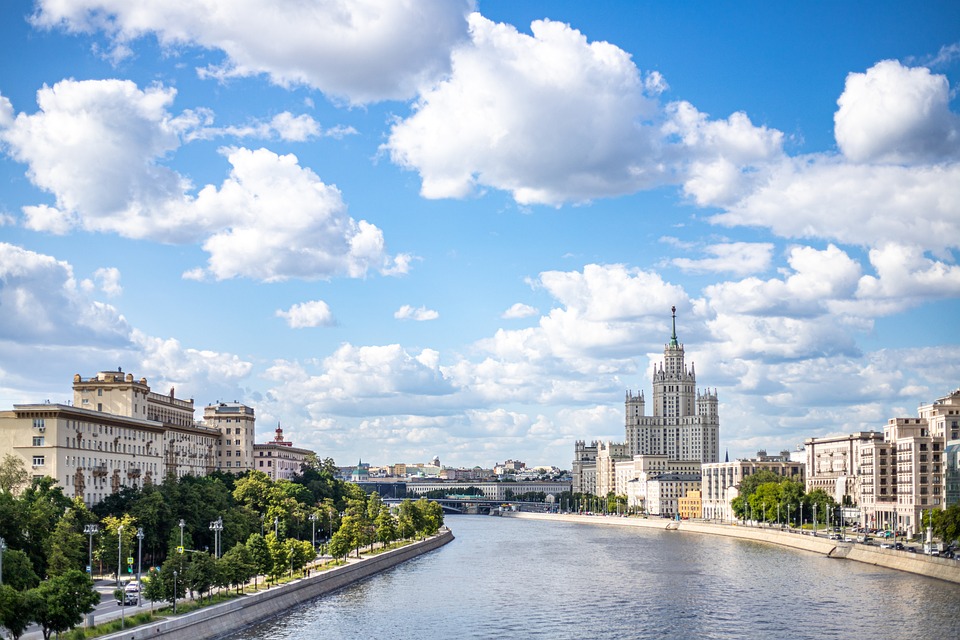In today’s globalized world, individuals often find themselves navigating the complexities of cultural identity, leading to what is commonly known as an identity crisis. This phenomenon arises when individuals experience conflicts between their personal identity and the cultural norms and expectations imposed upon them. This article will delve into the various aspects of cultural identity, exploring its historical roots, current manifestations, and potential resolutions.
The Historical Context of Cultural Identity
Cultural identity is deeply rooted in history, shaped by centuries of colonization, migration, and societal norms. Throughout history, individuals have been forced to navigate multiple cultural identities due to various factors such as colonialism, globalization, and immigration. These historical influences have contributed to the complexity of cultural identity, leading to conflicts and tensions within individuals and societies.
Key Historical Events
– Colonialism: The forced imposition of European cultures on indigenous populations during the era of colonization created a lasting legacy of cultural suppression and erasure.
– Migration: Waves of migration throughout history have led to the blending of cultures and the formation of new identities in diasporic communities.
– Globalization: The spread of Western culture through globalization has led to the homogenization of cultural identities, eroding traditional practices and values.
The Current State of Cultural Identity
In the contemporary world, individuals grapple with the complexities of cultural identity on a daily basis. With the rise of social media and global connectivity, cultural boundaries are becoming increasingly blurred, leading to a clash of values and beliefs. Many individuals struggle to reconcile their personal identity with the societal expectations placed upon them, leading to feelings of alienation and disconnection.
Challenges Faced
– Cultural Appropriation: The commodification of cultural symbols and practices by dominant cultures can lead to the erasure of the original cultural context.
– Assimilation: The pressure to conform to societal norms can result in the suppression of individual cultural identities, leading to feelings of loss and disconnect.
– Marginalization: Minoritized communities often face discrimination and prejudice based on their cultural identity, exacerbating feelings of isolation and alienation.
Resolving Cultural Identity Conflicts
While navigating the complexities of cultural identity can be challenging, there are ways to address and resolve these conflicts. By embracing diversity, fostering dialogue, and promoting mutual understanding, individuals and societies can work towards building inclusive and harmonious communities where cultural identities are respected and celebrated.
Practical Solutions
– Education: Promoting cultural literacy and awareness through educational initiatives can help individuals understand and appreciate diverse cultural identities.
– Dialogue: Engaging in open and honest conversations about cultural identity can build bridges between individuals and foster mutual understanding.
– Empowerment: Supporting marginalized communities and amplifying their voices can help combat stereotypes and prejudice, empowering individuals to embrace their cultural identities authentically.
Conclusion
In conclusion, the exploration of cultural identity reveals the complex interplay between personal experiences and societal expectations. By understanding the historical context, acknowledging the current challenges, and embracing practical solutions, individuals can navigate the conflicts of cultural identity with resilience and empathy. As we move towards a more diverse and interconnected world, it is essential to celebrate and honor the richness of cultural identities. Thank you for engaging with this article, and we encourage further exploration of this topic through additional resources and discussions.
